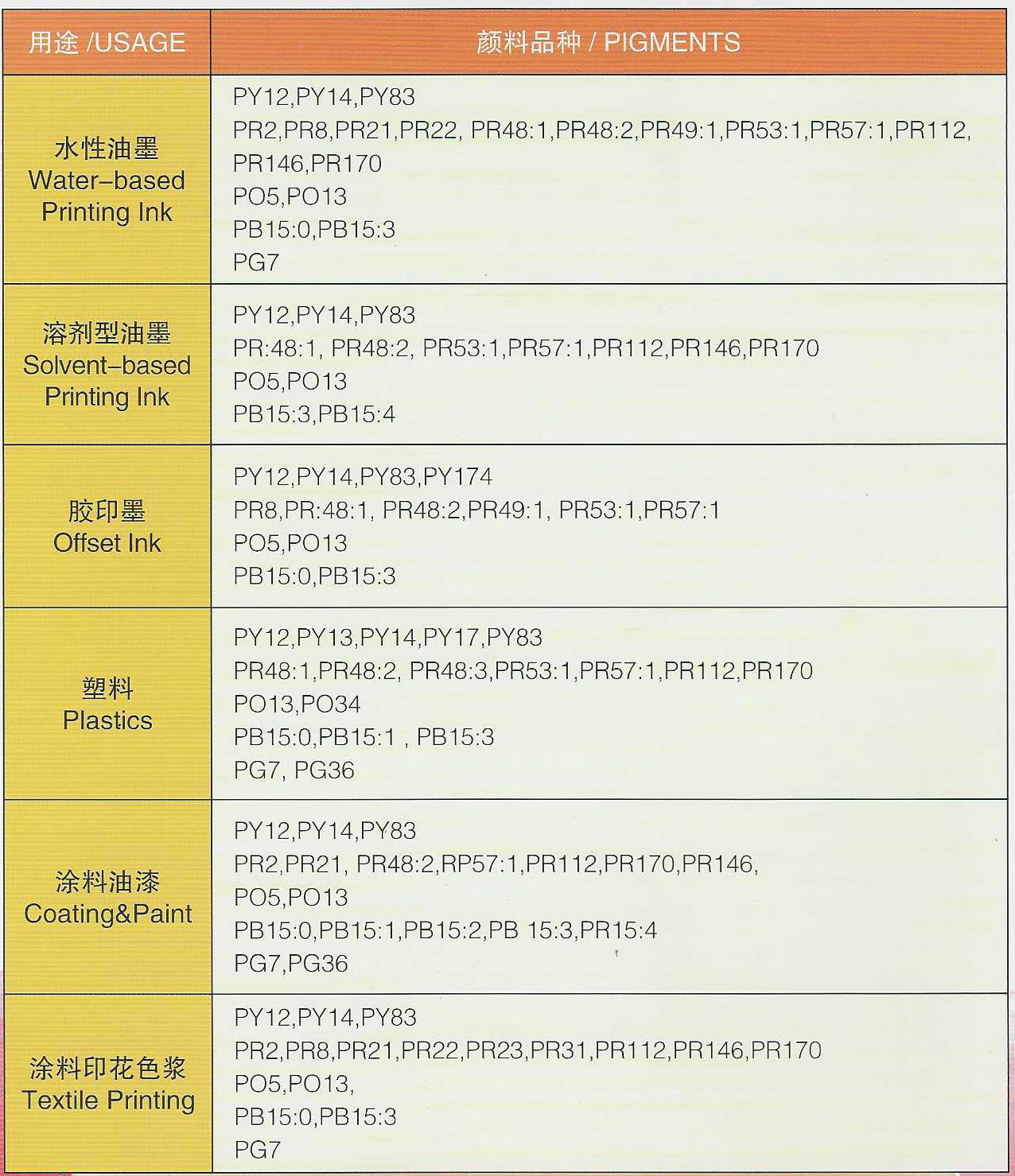The following are the commonly used pigment types and their characteristics in epoxy floor paint:
1. Inorganic pigment
This is the most commonly used and mainstream pigment type in floor paint. They are composed of minerals and have stable performance.
·Advantages: Excellent light resistance, heat resistance, solvent resistance, strong covering power, not easy to fade, high cost-effectiveness.
·Common colors and ingredients:
·White: Titanium dioxide (TiO ₂) is the most high-performance and widely used white pigment.
·Yellow: Iron oxide yellow (FeO (OH) · nH ₂ O).
·Red: Iron oxide red (Fe ₂ O ∝).
·Black: Iron oxide black (Fe ∝ O ₄) or carbon black.
·Blue: Phthalocyanine blue (although organic, its performance is close to inorganic pigments and very stable).
·Green: Chromium oxide green (Cr ₂ O ∝).
Colors are usually brighter and more vibrant than inorganic pigments.
·Advantages: Bright colors and very high coloring power.
·Disadvantages: Light resistance, weather resistance, and chemical resistance are usually inferior to inorganic pigments, and they are prone to fading when exposed to outdoor or ultraviolet radiation for a long time. The price is relatively high.
·Applicable scenarios: Mainly used for indoor flooring that requires bright colors (such as warning areas, personalized patterns).
·Common types: phthalocyanine series (blue, green), azo series (red, yellow), etc. But in the flooring, for durability, even when using organic pigments, high-performance varieties (such as phthalocyanines) are also chosen.
Contact person: Miss Jessie Geng
Email:jessie@xcwychem.com
Mobilephone/Whatsapp: +86-13503270825
Post time: Sep-15-2025






